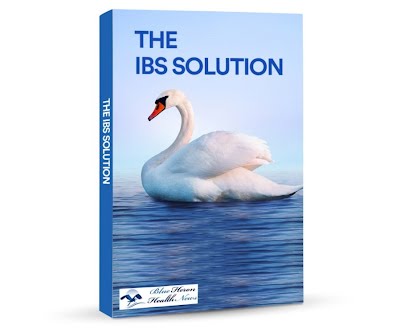
The IBS Program™ / The IBS Solution™ By Julissa Clay The IBS program comes in the format of a step-by-step program that can be purchased by anyone curious. The product is designed for everyone who wants to control their IBS symptoms and enjoy a pain-free life. One of the most impressive aspects of this program is that you may complete the workouts. You may do the workouts during the lunch hour, on a flight, or even at the house, and the great news is that you don’t need special equipment to complete them.
Are there different types of IBS?
Yes, there are different types of Irritable Bowel Syndrome (IBS), which are categorized based on the predominant bowel symptoms a person experiences. These subtypes help healthcare providers tailor treatment approaches more effectively. The primary types of IBS are:
1. IBS with Constipation (IBS-C)
- Characteristics: This subtype is characterized by frequent constipation. People with IBS-C may have hard, lumpy stools, experience difficulty or pain while passing stools, and have infrequent bowel movements.
- Symptoms: Abdominal pain, bloating, and discomfort are common, often relieved after a bowel movement. Stools tend to be dry and hard.
2. IBS with Diarrhea (IBS-D)
- Characteristics: People with IBS-D experience frequent diarrhea, including loose or watery stools, and may feel an urgent need to have a bowel movement. Episodes of diarrhea may occur multiple times a day.
- Symptoms: This type includes cramping, abdominal pain, and frequent, urgent bowel movements. Some people with IBS-D also experience incontinence or mucus in the stool.
3. IBS with Mixed Bowel Habits (IBS-M)
- Characteristics: IBS-M (also called IBS-A for “alternating”) is characterized by alternating episodes of constipation and diarrhea. A person may experience both hard, lumpy stools and loose, watery stools within short periods.
- Symptoms: People with IBS-M experience the full range of IBS symptoms, including abdominal pain, bloating, and both constipation and diarrhea. These alternating symptoms can be unpredictable.
4. Unclassified IBS (IBS-U)
- Characteristics: This subtype is diagnosed when a person has IBS symptoms, but their bowel habits don’t fit neatly into any of the other categories (IBS-C, IBS-D, or IBS-M).
- Symptoms: People with IBS-U may have irregular symptoms that don’t follow a clear pattern of constipation or diarrhea but still experience abdominal pain, discomfort, and bloating.
Key Points about IBS Subtypes:
- Abdominal Pain: All types of IBS are characterized by abdominal pain or discomfort, which is typically relieved by a bowel movement.
- Bloating and Gas: These symptoms are common across all IBS subtypes and can be persistent or come and go.
- Triggers: The triggers for IBS symptoms, such as certain foods, stress, and hormonal changes, can vary by subtype but are common across all forms of IBS.
Treatment and management strategies often differ depending on the subtype of IBS. For example, people with IBS-C may benefit from fiber supplements or medications that soften stools, while those with IBS-D might need antidiarrheal medications.
The IBS Program™ / The IBS Solution™ By Julissa Clay The IBS program comes in the format of a step-by-step program that can be purchased by anyone curious. The product is designed for everyone who wants to control their IBS symptoms and enjoy a pain-free life. One of the most impressive aspects of this program is that you may complete the workouts. You may do the workouts during the lunch hour, on a flight, or even at the house, and the great news is that you don’t need special equipment to complete them.